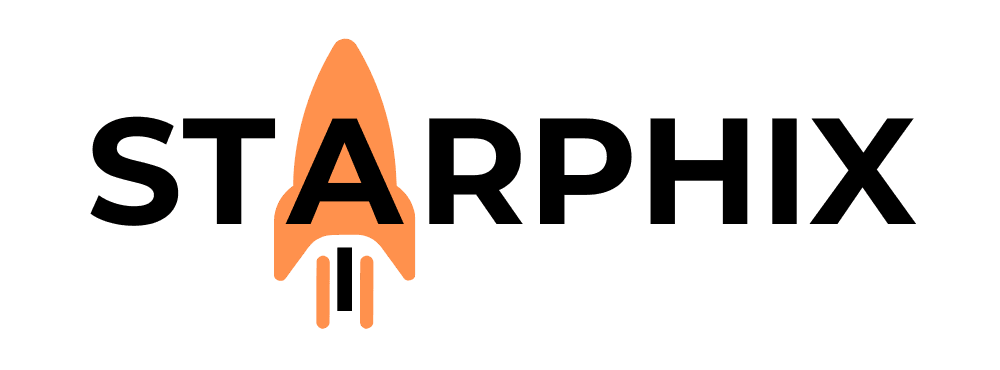Introduction: From Simple Tags to Structured Insights 🤔 #
In our last project, we built a simple automation to “tag” text. It was a fantastic first step. Now, it’s time to level up. We’re going to move beyond simple tags to extracting structured, actionable intelligence from one of the most common forms of unstructured business data: a meeting transcript. In this project, you will build a powerful workflow that automatically transforms a messy transcript into a clean, organized “Meeting Matrix.”
(Image Placeholder: A visual showing a block of raw, unstructured text on the left, an arrow pointing to an AI icon in the middle, and a clean, structured table on the right with headings like “Topic,” “Decision,” and “Action Item.”)
The Goal: The “Meeting Matrix” ✨ #
Our goal is to create an automation that takes a raw meeting transcript and, using our local AI, outputs a highly structured summary that we’re calling a “Meeting Matrix.” This isn’t just a summary; it’s a dashboard for your meeting, containing:
- Key Topics: A one-paragraph summary of the main points discussed.
- Decisions Made: A clear, bulleted list of any firm decisions reached during the call.
- Action Items: A table with three columns: | Task | Assigned To | Due Date |.
- Sentiment Analysis: A single word describing the overall tone of the meeting (e.g., Positive, Collaborative, Contentious, Urgent).
The Tools You’ll Need 🧰 #
- A working Local AI setup with Ollama running and a capable model downloaded (e.g., llama3).
- n8n (or a similar automation tool) installed and running.
- A sample meeting transcript saved as a plain text (.txt) file.
The Step-by-Step Project Guide #
This guide builds directly on the skills from the previous n8n article.
[Video Walkthrough Placeholder] 🎬 A full video walkthrough showing how to build this entire Meeting Matrix workflow in n8n will be embedded here.
Step 1: The Trigger – “New Transcript Added” #
In n8n, start your workflow with a trigger that watches a specific folder in your cloud storage (like Google Drive or Dropbox). Configure it to run whenever a new .txt file is added to a folder named “Meeting Transcripts.”
Step 2: Read the Transcript File #
Add a node after your trigger that reads the text content from the file that triggered the workflow. This will give you the raw transcript data to work with.
Step 3: Crafting the “Master Prompt” #
This is the heart of the project. We will give our local AI a detailed “master prompt” that instructs it to act as an expert analyst and format its output exactly how we want.
In your HTTP Request node (calling your local AI), you will use a prompt like this in the JSON body:
You are an expert business analyst. Your task is to analyze the following meeting transcript and structure your output as a “Meeting Matrix.” Use markdown for formatting. Do not include any commentary outside of the matrix structure.
Here is the transcript:
[Insert the text from the transcript file here]
—
**Meeting Matrix**
**Key Topics:**
[Provide a one-paragraph summary of the main points discussed.]
**Decisions Made:**
– [List the first decision here.]
– [List the second decision here.]
**Action Items:**
| Task | Assigned To | Due Date |
| — | — | — |
| [Task description] | [Name] | [YYYY-MM-DD] |
**Sentiment:** [Provide a single word: Positive, Neutral, Contentious, etc.]
Step 4: Send the Request to Your Local AI #
Just like in our last project, you will configure your HTTP Request node to POST to your local Ollama API (http://localhost:11434/api/chat). Place the master prompt and the transcript data into the JSON body. When you run the node, your local AI will process the entire transcript and generate the structured Meeting Matrix as a single block of text.
Step 5: Send the Matrix to Its Destination #
The final step is to take the AI’s clean, formatted output and send it somewhere useful. You can add a node to:
- Create a new page in Notion or Confluence.
- Send an email to all meeting attendees.
- Create a new task in a project management tool like Asana or Trello.
Building a Truly Private Business Tool #
You have now built a powerful business intelligence tool that can analyze your most confidential conversations—client calls, internal strategy sessions, board meetings—with absolute, unbreakable privacy. This ability to turn your private, unstructured data into a strategic asset without ever sending it to a third-party service is the core, real-world value of a sovereign AI strategy. It’s a demonstration of how the StarphiX philosophy empowers you to build professional-grade tools that you own and control completely.
Related Reading 📚 #
- What’s Next?: Practical Project: Creating a ‘Knowledge-Core Agent’ with Your Own Documents 🧠
- Go Back: Your First Local Automation: Connecting to n8n 🤖
- Learn About Your Models: A Guide to Model Sizes: What Do 7B, 13B, and 70B Really Mean? 📏


